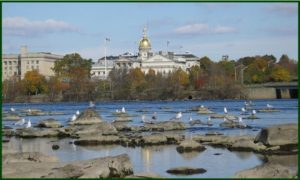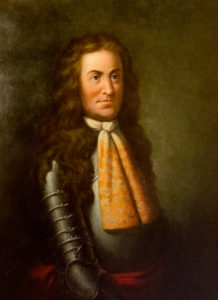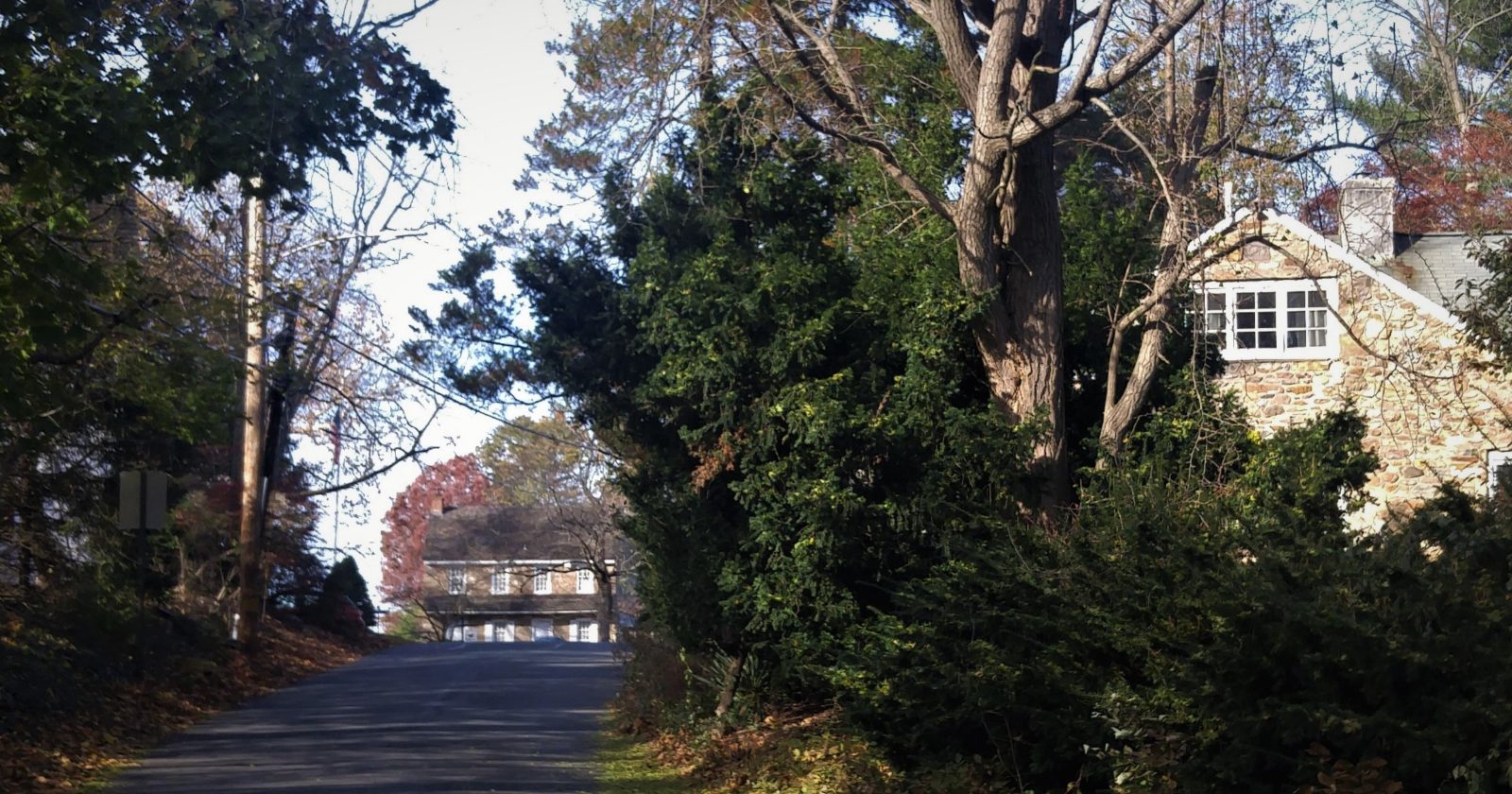Lower Bucks County nearly became an oddly-named bit of Sweden.

It could have been the Sipaessinglandt Plum Pickers marching up and down the gridiron this football season rather than the Pennbury Falcons. Don’t ask me how to pronounce it but Pennsbury Manor, Falls Township, the Pennsbury School District, perhaps all of Lower Bucks, nearly became the Swedish settlement of Sipaessinglandt where everyone would be driving a Volvo. Let me explain.
The year was 1654, three decades before William Penn’s arrival. Peter Lindestrom, a Swedish military engineer, sailed up the South River (the Delaware) from the Atlantic on a two-year survey of the estuary to prepare the way for expanding New Sweden. The expedition was under the auspices of Swedish Queen Christina. She had formed the Swedish South Seas Company to spread Christianity, enlarge Swedish territory and gain trade advantages in North America. A Swedish governor and immigrants soon established a foothold in the lower estuary and began pushing north.

At the time, Sweden and Holland were in a tenuous alliance on joint colonial ventures. The Dutch centered their efforts along the North River (the Hudson River Valley) of New Netherlands (New York) while the Swedes pursued a similar dream along the South River.
Lindestrom’s tall ship reached the South River rapids at the future Trenton where the vessel could proceed no further. This was the limit of Atlantic tides at the river’s great bend to the northwest. It was there Lenape Indians spoke of apocalyptic visitors who paddled down the river on canoes from the distant north. They were Mohawk Indians carrying flint-lock muskets purchased from Dutch traders. The warlike Mohawks demonstrated the firearms at the falls, shocking the peace-loving Lenape.
So much so they named the rapids Sanckhickan – “gunlock at the end of the tide.”

Lindestrom completed his mission in 1656 and provided observations and a detailed map of the estuary and its tributaries to Swedish authorities. The map identified the area west of the falls – the future Falls Township and Lower Bucks County – as “Sipaessinglandt”, a contraction of Dutch and Lenape meaning “the land of the plum trees.” The way now was open for Swedish settlers to get busy chopping down trees for their new Sipaessinglandt. It was a slow process followed by a major hitch 3,700 miles away in Europe. The Thirty Years War between England and Holland had come to an end with the signing of the Treaty of Westminster in 1667. Its terms included the Dutch ceding New Netherlands to the British. Sweden likewise bailed, leaving its immigrants behind.
I can imagine the cry “Sipaessinglandt Forever!” among Swedish settlers at the bend of the Delaware. Among them were Lawrence Cock, Israel Helm, Jonas Neelson and 22 other Swedes. With the territory now under English jurisdiction, the group petitioned Gov. Sir Edmund Andros in New York for the right to develop Sipaessinglandt. In broken English, they asked the governor to allow them “to settle together in a Towne att the west syde of the River Just below the faals.”

Andros was in no mood to help the vanquished and discovered there was no deed to show the Swedes bought the territory from the Lenape. Petition denied. With the Swedes on the outs, English Quakers moved in and founded Fallsington. William Biles, William Darke, Lyonel Britany, William Yardley, James Harrison, Phineas Pemberton and William Beakes led the way, followed by William Penn with a charter from the King of England to create the Colony of Pennsylvania. After a pit stop at his favorite Blue Anchor Inn in Philly, Penn jauntily alighted from his boat just below the Delaware River falls where his Pennsbury Manor mansion was nearing completion. No more Sipaessinglandt.
Which leaves one question: What about all those plum trees? Recently I drove out Bordentown Road in hopes of photographing a native plum tree at Penn’s restored estate. I asked a receptionist at the museum for help. She seemed perplexed. “You’re the first one to ever ask me that,” she replied. “I believe there once was a plum tree here but as far as I know, it died 10 years ago.”
Turns out plum trees are not an identifying trait anywhere in modern Falls. In fact, as far as I can tell, there is only one municipality in all of Bucks that you might think is named for a plum – Plumstead Township in Central Bucks. Whoops! Francis Plumsted holds that honor. He was a tough-minded London iron mogul who bought 2,500 acres in the township from William Penn but never came to America. William “Veggie Seed” Levitt, however, saw the wisdom of planting plums. So it was that they came to define the Plumbridge section of today’s Levittown the Levitt built in Lower Bucks.
###
Sources for this column include “The Swedish Come to America” by Thomas R. Kellogg for The Order of the Founders and Patriots of America, and “Place Names in Bucks County Pennsylvania” by George MacReynolds.
Carl LaVO, a retired Bucks County Courier Times editor, can be reached at [email protected]. His coffee table book“Bucks County Adventures” includes 25 stories and more than 150 photographs. It can be ordered online at his website, www.buckscountyadventures.org

